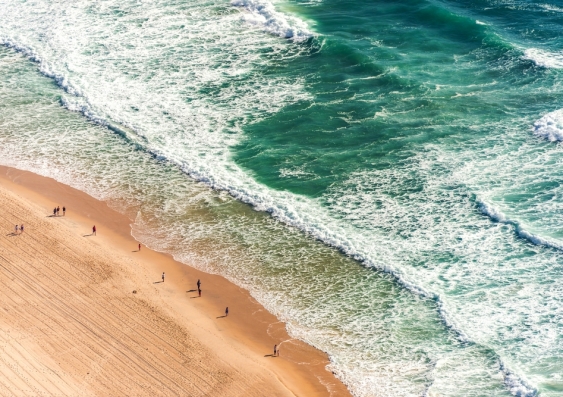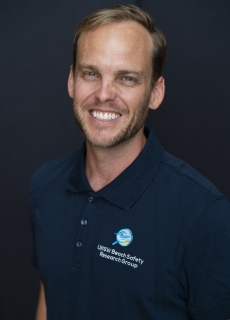While drowning numbers soar, beach safety programs are largely unevaluated
Australiaô may beô leading the way on coastal drowning research,ô butô a study led by ݨÝñ°Ï¯ôä»hasô identifiedô the need for moreô evidenceô to supportô preventionô strategies.ä»



